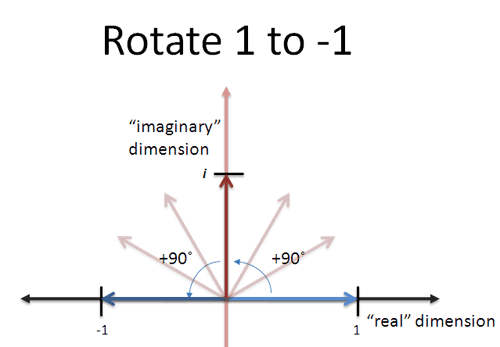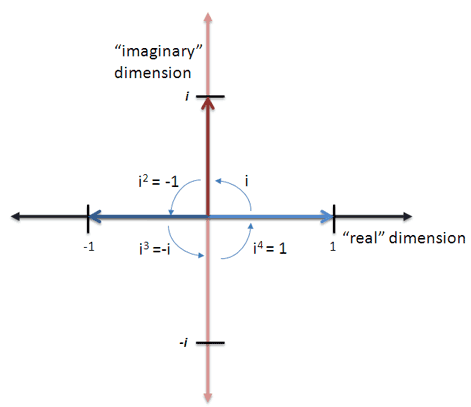You know, they say, all Supreme Courts are created equal, but you look at the court now, and you look at the court in 1868, and you can see that statement is NOT TRUE. See, normally, you propose something like an Expanded Supreme Court, you got a fifty-fifty chance of passing it. But Majority Leader McConnell is a genetic freak, and the Congress as it stands is not normal.
So, right now, you got a 25% chance AT BEST at beating this do-nothing Congress and passing something. But then you add Election Day to the mix? You the chances of passing the expanded court drastically go up. See, at the three way on Election Day (where the Senate will either be Republican Majority, Democratic Majority, or tied, because of course that can happen), you got a 33 and a third chance of the Republicans winning! But Democrats! Democrats got a 66 and two thirds chance of winning, 'cause President Trump KNOOOOOWS he can't win fairly, and he's not even gonna try, and he might take some of his party's senators down with him. So, DAVID, you take Republicans 33 and a 3rd percent chance of winning minus Democrats 25% chance of passing something through the Senate (if they was to go one-on-one right now) and you've got an 8 1/3 percent chance of Republicans defeating court expansion! But THEN, you take Democrats 75% chance of passing something through the House, plus the 66 and 2/3 percents, they got a 141 2/3 chance of expanding the court!
Senator McConnell! The numbers don't lie, and they spell 17 1 5 4 5 7 3 12 for you at Sacrifice!







 Another graph:
Another graph:

